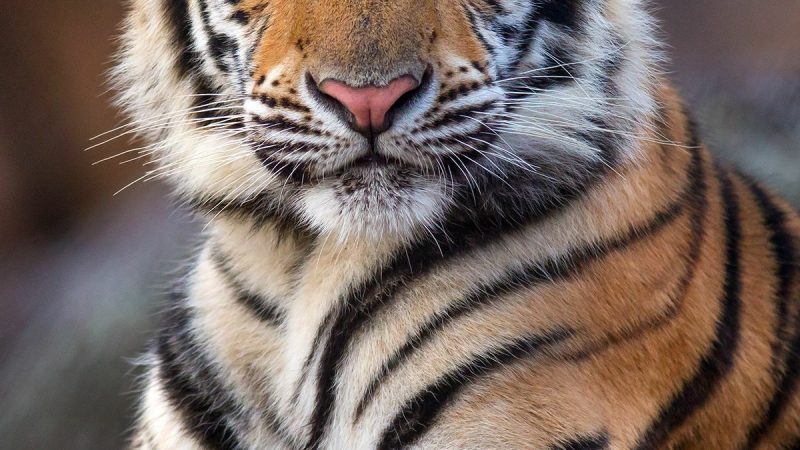Wings of Wonder: Understanding the Ecology of Whitehead’s Broadbill in Borneo’s Rainforests

Borneo’s rainforests are a treasure trove of biodiversity, harboring some of the most fascinating and enigmatic species on the planet. Among these, the Whitehead’s Broadbill (Calyptomena whiteheadi) stands out as a symbol of the region’s ecological richness and biological diversity. In recent years, scientists have delved into the intricate ecology of this remarkable bird, shedding light on its behavior, habitat preferences, and conservation needs.

Whitehead’s Broadbill, named after the British explorer John Whitehead who discovered it in the late 19th century, is endemic to the montane forests of Borneo. With its striking plumage and distinctive call, this species has captivated researchers and bird enthusiasts alike. However, despite its charismatic appeal, much of its life history remained shrouded in mystery until recent scientific studies began unraveling its secrets.

One of the key aspects of understanding the ecology of Whitehead’s Broadbill is its habitat requirements. These birds are primarily found in montane forests, where they inhabit the mid to upper canopy levels. Their reliance on such specialized habitats makes them vulnerable to habitat loss and fragmentation, highlighting the importance of preserving intact forest ecosystems in Borneo.

Studies have also shed light on the breeding biology of Whitehead’s Broadbill. Breeding season typically coincides with periods of abundant food availability, such as fruiting events in the forest. Nesting behaviors, incubation periods, and parental care strategies have been documented, providing valuable insights into the reproductive success of these birds.
Furthermore, research has revealed the role of Whitehead’s Broadbill as seed dispersers in Borneo’s rainforests. By consuming fruits and excreting seeds in different locations, these birds play a vital role in forest regeneration and maintaining plant diversity. Understanding their foraging behavior and dietary preferences is crucial for conserving both the birds and the ecosystems they inhabit.

Conservation efforts aimed at protecting Whitehead’s Broadbill and its habitat are underway, but challenges remain. Deforestation, illegal logging, and habitat degradation continue to threaten the survival of this species and many others endemic to Borneo. Collaborative initiatives involving local communities, government agencies, and conservation organizations are essential for safeguarding the future of these birds and their rainforest home.
In conclusion, the ecology of Whitehead’s Broadbill in Borneo’s rainforests is a fascinating subject of study that underscores the importance of biodiversity conservation. By unraveling the mysteries surrounding this iconic bird, researchers are not only gaining insights into its ecological role but also advocating for the preservation of Borneo’s invaluable natural heritage. As we continue to unravel the intricate web of life in these rainforests, let us remember the imperative of protecting and cherishing these fragile ecosystems for generations to come.



